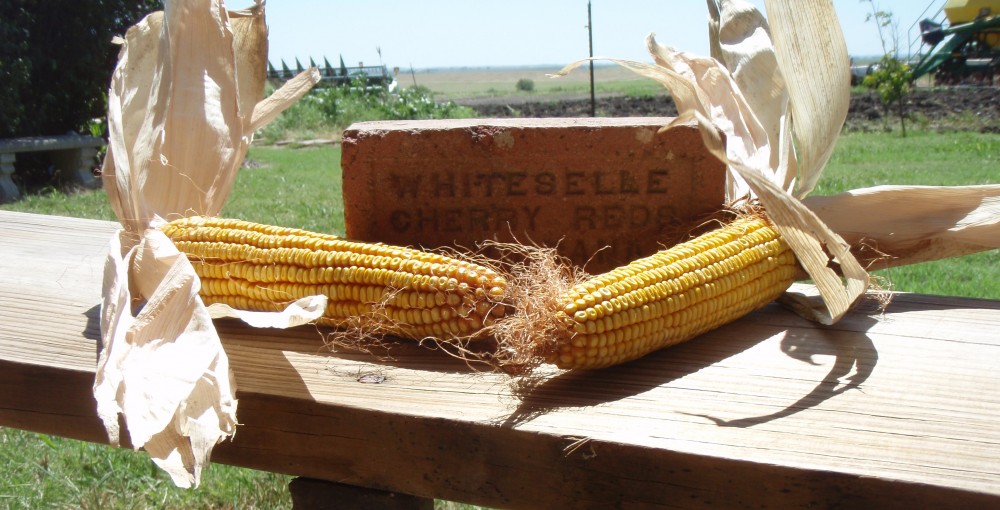Brother Charles informed us that he was pulling the radishes in his garden. This was three weeks ago. I was amazed. In early April, the rich farmlands of central Texas had already begun to yield their bounty.
We had driven into the front lot of Uncle Joe’s farm, and Charles was headin’ to his pickup. As we unloaded, he stopped and stood and talked with us and shared his tale of radishes.
In the country, you stop to talk. It’s the thing to do. Sometimes, it can be a while before you make it to the front door. It’s not just Garrison Keillor and tales from Lake Woebegone. I hail from the Midwest, and the stand-and-talk was there. It’s here along the gravel roads of the Lone Star State. I bet you it’s ‘bout everywhere ‘round the world where there’s country and folks workin’ the land — ‘cause that’s the way it is in the country. You betcha’ and pass the biscuits.
As the stop-and-talk progressed, my mind wandered out over the newly planted fields and I wondered about the radish.
The radish is an edible root vegetable:
A fruit you are not, round red radish knot
Vegetable you be, a delight to see.
Not always round and red, some of my favorite childhood radishes were long and white. They were in Grandma Sally’s garden. She could grow anything, and many things she did grow quite well indeed, behind the little house in the city. Her entire backyard, down to the crick and almost reaching the lot lines on each side, was garden. Sally was from the country. In the country, you didn’t just grow grass. You grew real stuff you could eat. You grew food.
“Them city folks got no sense,” she’d say in my mind.
“What ya’ need a lawn of green to walk on?
When a garden of greens you can munch on.”
That lady had a way with words and with plants, and she was right on.
There was always something to eat when I stopped by to mow the front lawn. Grandpa wouldn’t let her garden the front. Can’t have the neighbors talking now. Can we?
No one knows for sure when the radish was first established as a domestic foodstuff. It was well-established as a back-yard crop with the early Greeks and Romans. Little seed packets with the hand-drawn pictures on front were likely being traded over the back fence, say some 2,300 years ago. They still are today.
Wild forms of Rambunctious Radish can be found in west Asia and Europe, along with its near relatives, Mr. Mustard and Topsy Turnip.
The Greeks called the little fella’ “raphanus,” which means “quickly appearing.” It certainly is that to this day, as Brother Charles can and did so well attest to us just the other day.
The name “radish” derives from the Latin word “radix,” which means simply “root.”
The root of the word is the root itself
With pun intended and fun extended.
So, linguistically speaking, the Greeks and Romans had a hand in its upbringing. It is from those tongue-tied origins, that we surmise the beginnings of back-yard bounty. The truth is that no one knows for sure when the first grandma planted the first new seed and handed that first washed and cleaned little root to her grandson for a nibble.
Thank you, Grandma Sally, I still look forward to greeting that rambunctious little fella’ and welcome its early arrival down at the farm.
Thank you, Charles, for stopping for a talk.
We gotta’ get a goin’ now.
On, into the house.
You betcha’
Grandpa Jim
